I Refuse to Sacrifice My Retirement Dream for My Unemployed Son

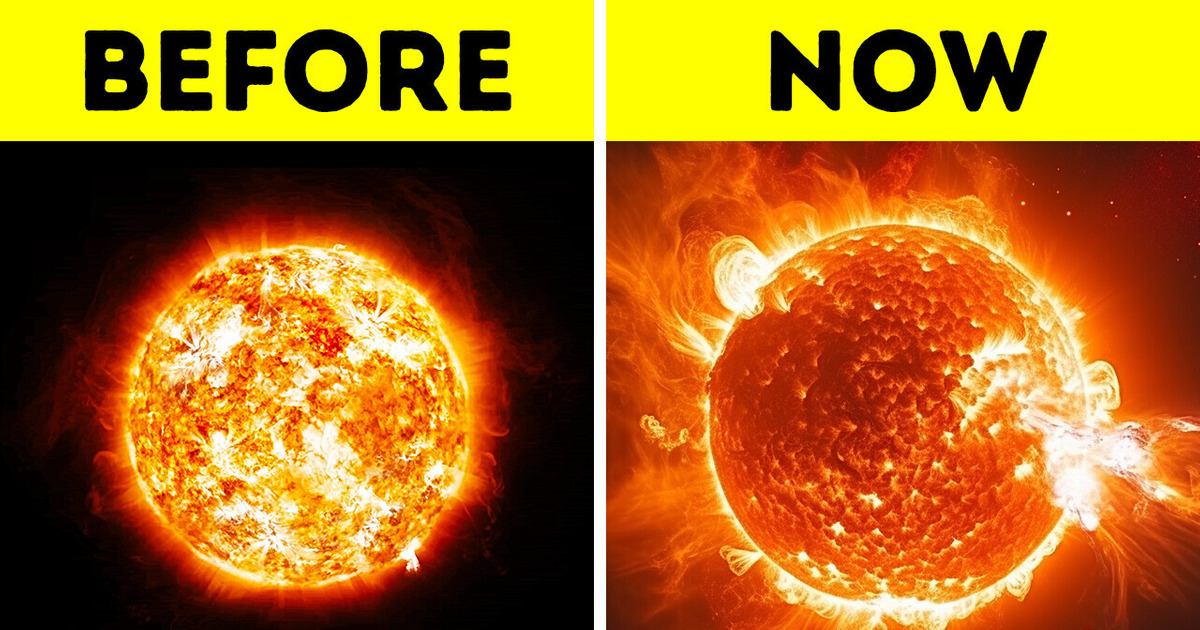
From where we stand, the Sun seems so calm and peaceful. But like humans — and basically the whole living world — the Sun has its own phases when it’s more or less active. It’s just that the consequences are way bigger and more chaotic when the Sun becomes hyperactive!
Let’s zoom in to see what’s happening up there. So, one of the ways we measure the activity of our star is by counting sunspots on its surface. Sunspots are dark patches that form when the Sun’s magnetic field gets all tangled up. It’s simple — the more sunspots, the more active our Sun is.
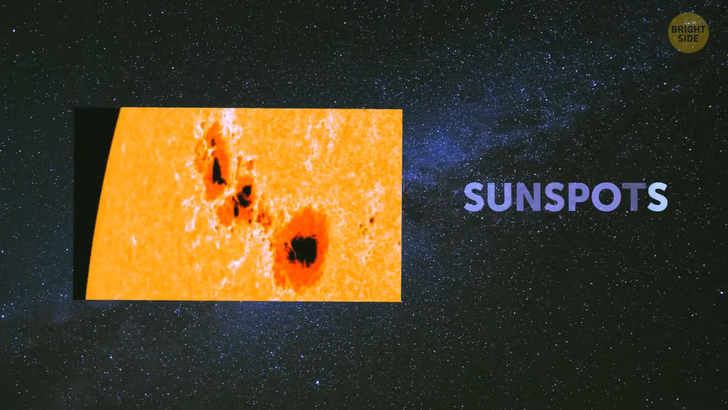
And it seems the Sun has been partying like crazy recently! The number of sunspots scientists have seen is the highest for nearly twenty-one years. In June, a hundred and sixty-three sunspots appeared on the Sun’s surface. The last time we had so many dark patches across the Sun was in September two thousand and two, when there were a hundred and eighty-seven of them. Uh-oh, it seems this chaotic party is getting closer to its peak — and that’s something we call solar maximum.
How does all this even happen? The Sun’s magnetic field is strong and organized at some point. But as we said, sometimes comes the time when it kinda ends up tangled, sort of like a ball of rubber bands that are wound together very tightly. This also means plasma is rising from the surface, forming loops, and causing a mess in the shape of solar flares and something we call coronal mass ejections (CME). That’s when plasma in the Sun’s upper atmosphere called the corona goes crazy and bursts really strong.
Then at some point, this ball snaps and completely flips and turns the South Pole into the North Pole and vice versa. All this happens every eleven years or so. So, when the Sun comes into this phase when it becomes very active, it shoots out hot blobs of plasma, gets big dark spots as large as planets, and releases powerful eruptions of energy and radiation.
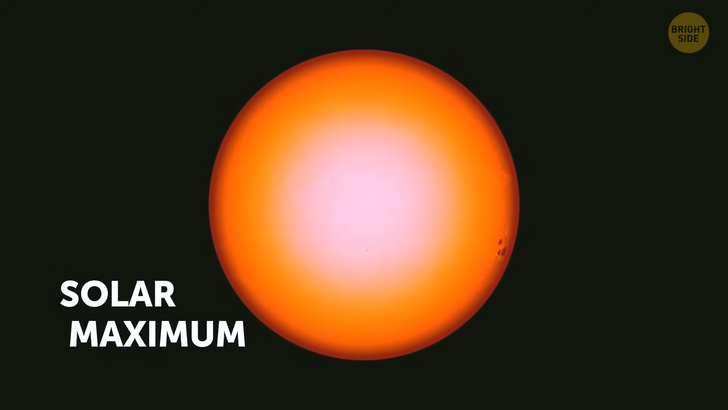
Something fascinating happens when the Sun becomes more active — a thing called “plasma waterfall” or polar crown prominence (PCP). It’s like a mini-eruption that starts on the Sun, and it seems like it tries to get away, but then the Sun’s magnetic field pulls it back before it can escape into space. And this plasma waterfall is really spectacular — it goes up to sixty-two thousand miles above the surface! It’s like you stack eight Earths on top of each other.
Then, there’s something called a “polar vortex.” It’s like a gigantic halo of plasma that rotates around the Sun’s North Pole really fast. This vortex happens when a large tentacle of plasma snaps apart and falls back toward the surface, similar to how a plasma waterfall forms. Scientists don’t know why this plasma stays above the Sun’s surface for so long.
And one of the cool examples of CMEs was a giant one in the shape of a butterfly in March this year. It got such an unusual shape because it exploded on the side of the Sun we couldn’t see, so it was impossible to fully measure how strong it was. Fortunately, that one didn’t explode in our direction. But it might have hit Mercury a little bit, and it’s possible it knocked off some dust and gas since Mercury has a weak magnetic field.
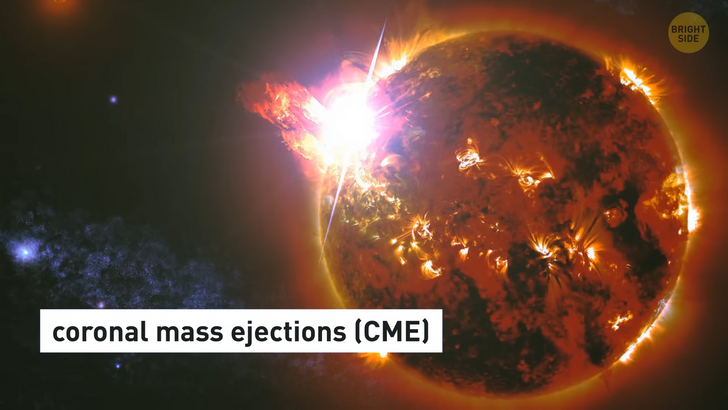
All this sounds cool in theory, but it’s not such good news for us. Because of all this, we might experience more intense solar storms that can, again, lead to geomagnetic storms on Earth. And these don’t just sound alarming — they indeed are. They create chaos and disrupt the magnetic field of our planet. Geomagnetic storms can create beautiful northern lights, true. But we’d all rather enjoy such beauties as the Aurora Borealis in regular conditions or just watch a good old sunset above the ocean.
It’s not that every solar storm will necessarily hit Earth, even if there are more of them. To reach our planet, they must be pointed in the right direction at the right moment. But if that happens, the storm can ionize the upper atmosphere, and bye-bye our communications. It can cause temporary blackouts for systems such as GPS and radio. It isn’t necessarily a big problem on its own, but it can be very dangerous if it happens at the wrong time, like during a tsunami or an earthquake.
The storms can also damage electrical infrastructure like rail lines and power grids. If you’re on a plane at that time, you might be exposed to higher levels of radiation. It’s still not clear how dangerous that will be for you, but it can be a serious problem for astronauts in space. When solar storms mess with the magnetic field, this can affect the migrations of some animals, such as sea turtles, whales, and birds. Since things in the animal kingdom mostly work in the natural order, who knows how these animals go through or even survive such changes?
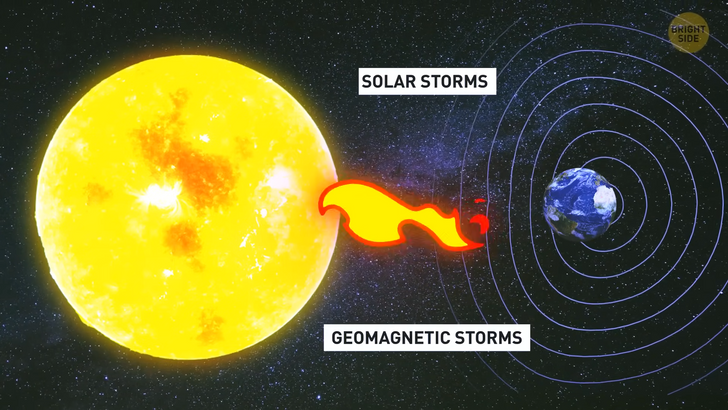
And when the Sun is at a maximum of its activity, satellites in space are in trouble, too. We have more satellites in space than ever before. And when the upper atmosphere becomes denser because of all these changes, this can push satellites in different directions. They might crash into one another, or some can even fall back to Earth — which, again, is only cool in movies with superheroes who can relatively easily deal with this stuff. Hopefully, we’ll avoid a massive solar storm like the Carrington Event. The story was similar — in August eighteen fifty-nine, astronomers across the globe watched how the number of sunspots was getting bigger and bigger.
A man named Richard Carrington was among them. At the beginning of September, he was sketching the sunspots when, out of a sudden, he was blinded by a flash of light. It lasted around five minutes, but it was spectacular! He later described it as a “white light flare.” It was a very strong coronal mass ejection [CME]. And in only seventeen point six hours, this storm crossed the long way between the Sun and our home planet [ninety million miles] and unleashed its force on us — even though this usually takes days.
And when this storm started, telegraph machines across the world sparked, operators got electric shocks, and paper even caught fire! People were really scared and confused because they had never seen such bright skies before. Some even thought it was the end of the world. The next day, telegraph workers still couldn’t work properly because Earth’s atmosphere was still charged. They even managed to send messages using the auroral current instead of regular electricity!
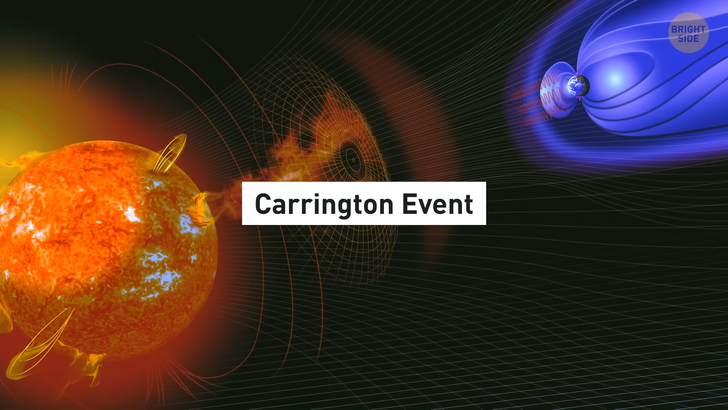
But it brought something incredible, too — stunning auroras in the sky! People in Hawaii and Cuba could see beautiful northern lights, while those as far north as Chile could see the southern lights. It’s all slowly but steadily escalating. Take solar flares, for example. These are powerful bursts of energy from the Sun. In twenty twenty-two, there were five times more of these flares compared to the previous year — plus the strongest ones [X-class flares] have been getting stronger and more common than before, too!
And this might be way more extreme than anyone thought. Plus, it’s likely to start a little bit earlier than we predicted. Scientists first thought the peak would happen in twenty twenty-five, but it seems it could even occur by the end of twenty twenty-three. We can’t completely protect ourselves if a solar storm hits us directly, but we can still do some things, like ground planes, adjust the paths of satellites in space, and try to make sure vulnerable infrastructure stays safe. To do all this, we need better solar weather forecasts to help us get ready for the worst.
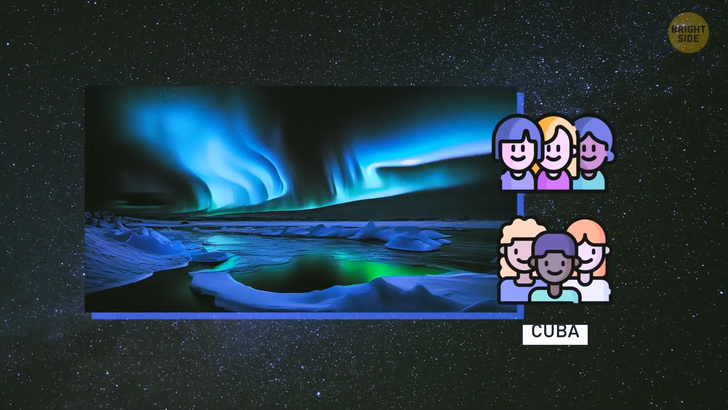
All this might sound very bad at first, but don’t worry, solar flares won’t destroy our planet. They DO send charged solar material toward us at pretty high speeds. But it’s not like we’re completely doomed if these things hit us.
Our planet won’t leave us unprotected — we still have the atmosphere and magnetic field that keep us relatively safe. Our thick atmosphere is like a shield that blocks radiation that might harm us. So, these solar flares can mostly affect technology, but they won’t destroy Earth. I guess we have our own superheroes, after all!











